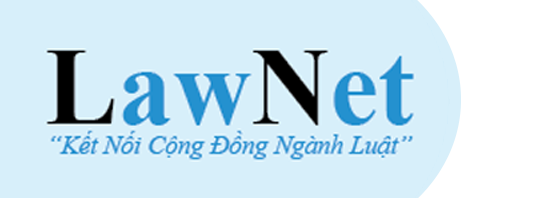Need to Preserve Evidence Separately for Cases Not Yet Tried
This is one of the regulations regarding the preservation of evidence and property stipulated in Circular 01/2016/TT-BTP issued by the Ministry of Justice on February 1, 2016, providing guidance on administrative management procedures in the execution of civil judgments.
Circular 01 stipulates that exhibits and temporarily seized property must be preserved in accordance with the law; clear and comprehensive records must be maintained. To be specific:
- Exhibits and assets stored in warehouses must be organized neatly and scientifically, with labels indicating the name of the case and the full name of the asset owner (if any) attached to each type of asset. The preservation of exhibits and assets must ensure there is no confusion, loss, damage, reduction or loss of usable value, evidentiary value, environmental pollution, or danger to the State's property, organizations, individuals, and human life and health.- Exhibits transferred by the investigating agency but the case has not yet been adjudicated must be arranged and preserved separately, not mixed with the exhibits and assets of the cases for which enforcement decisions have been made.- In case the number of exhibits and assets is too large and cannot be stored at the civil enforcement agency, the head of the civil enforcement agency may hire agencies or units capable of storing the items.- The preservation of exhibits that include money, valuable papers, gold, silver, precious metals, gemstones, antiques, weapons, explosives, inflammables, poisons, radioactive substances, animals, plants, and other exhibits related to the medical field that require special storage conditions must be carried out in accordance with the provisions of the Warehouse Management Regulations.- Persons entrusted with the responsibility of preserving exhibits and assets, or other agencies, organizations, or individuals, upon discovering that the exhibits or assets are lost, damaged, or have altered seal status, must promptly report to the head of the civil enforcement agency for appropriate measures in accordance with the law.
Additionally, Circular 01 stipulates that the warehouse manager may only import or export exhibits and assets upon the order of the head of the civil enforcement agency or a person authorized by the head of the civil enforcement agency. Import and export orders must follow a standardized form as guided in Appendix VI of this Circular. Upon importing or exporting the materials, the warehouse manager is responsible for checking the import/export orders and the necessary documents of the person delivering or receiving the exhibits and assets. The import and export of exhibits and assets must have import/export vouchers as regulated by the Ministry of Finance.
According to the regulations, if exhibits need to be extracted to serve procedural activities, the requesting agency must send a document to the civil enforcement agency. Based on the request of the requesting agency, the head of the civil enforcement agency shall decide on the extraction to transfer to the requesting agency. The requesting agency must collect the exhibits at the warehouse of the civil enforcement agency or at the location where the exhibits are being held and is responsible for transportation and preservation during the management of those exhibits.
On a quarterly, semi-annual, and annual basis, the civil enforcement agency must implement policies to inventory the storage of exhibits and assets. The inventorying of exhibits and assets must be documented, clearly indicating the hour, date, month, and year of inventory; the name, quantity, and condition of each type of exhibit and asset, with signatures from the accountant, warehouse manager, and the head of the civil enforcement agency.
For more details, see Circular 01/2016/TT-BTP, effective from February 16, 2016.
-Thao Uyen-
- Number of deputy directors of departments in Vietnam in accordance with Decree 45/2025/ND-CP
- Cases ineligible for pardon in Vietnam in 2025
- Decree 50/2025 amending Decree 151/2017 on the management of public assets in Vietnam
- Circular 07/2025 amending Circular 02/2022 on the Law on Environmental Protection in Vietnam
- Adjustment to the organizational structure of the Ministry of Health of Vietnam: Certain agencies are no longer listed in the organizational structure
- Vietnam aims to welcome 22-23 million international tourists in Vietnam in 2025
-

- Notable new policies of Vietnam effective as of ...
- 16:26, 11/04/2025
-
.Medium.png)
- Notable documents of Vietnam in the previous week ...
- 16:21, 11/04/2025
-
.Medium.png)
- Notable documents of Vietnam in the previous week ...
- 16:11, 02/04/2025
-
.Medium.png)
- Notable new policies of Vietnam to be effective ...
- 16:04, 02/04/2025
-
.Medium.png)
- Notable new policies of Vietnam effective from ...
- 14:51, 21/03/2025
 Article table of contents
Article table of contents
